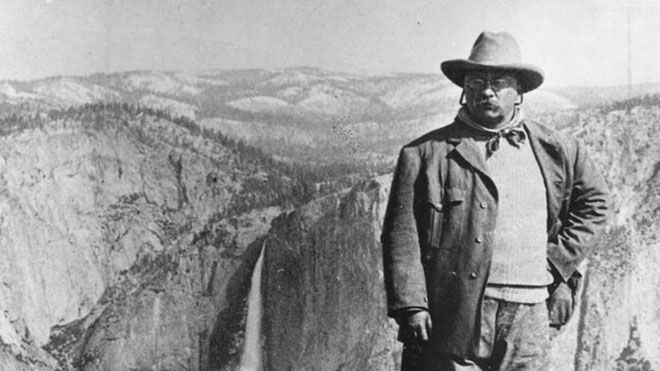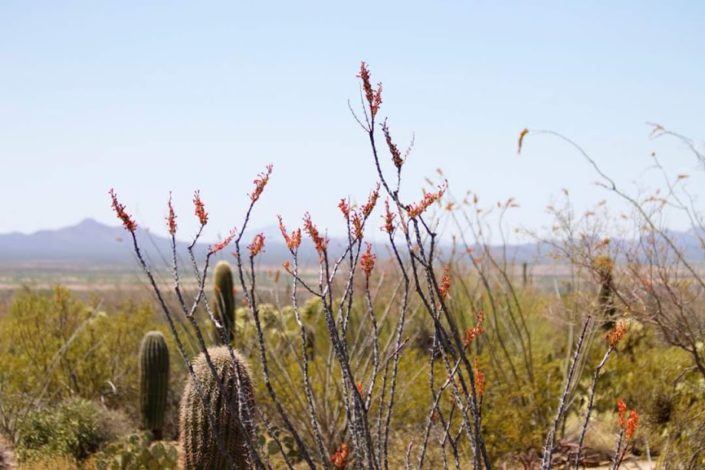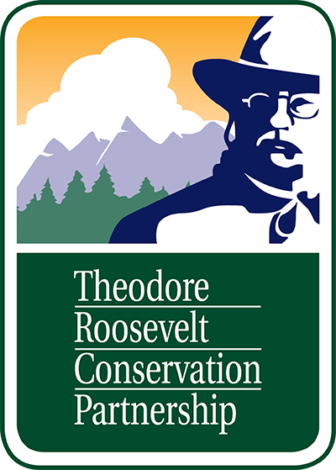Conservationist Series - Theodore Roosevelt
This is a continuation of our conservationist series. Each post will detail a conservationist’s life, notable accomplishments and ways the conservationist connects to kids. This post features Theodore Roosevelt.
 Theodore Roosevelt helped to create America's National Parks. (Photo via adventure-journal.com.)
WHO WAS THEODORE ROOSEVELT?
Roosevelt was born on October 27, 1858, in New York City. His family was wealthy, and he was frail and sickly as a boy. However, he overcame his health issues and went on to achieve great success in life. He graduated from Harvard University and later went to Columbia Law School at Columbia University, but he dropped out to begin a career of public service.
Roosevelt was married, but his wife died in 1884. He later married his high school sweetheart, and they raised six children, including his daughter from his first marriage.
As president, Roosevelt sought to build up America's defenses to prepare the country for its expanded role on the world stage. Roosevelt won a Nobel Prize for his work leading negotiations to end the Russo-Japanese War (1904-1905).
After a career in politics, Roosevelt passed away at his home in Oyster Bay, New York, in 1919 at 60 years old.
Theodore Roosevelt helped to create America's National Parks. (Photo via adventure-journal.com.)
WHO WAS THEODORE ROOSEVELT?
Roosevelt was born on October 27, 1858, in New York City. His family was wealthy, and he was frail and sickly as a boy. However, he overcame his health issues and went on to achieve great success in life. He graduated from Harvard University and later went to Columbia Law School at Columbia University, but he dropped out to begin a career of public service.
Roosevelt was married, but his wife died in 1884. He later married his high school sweetheart, and they raised six children, including his daughter from his first marriage.
As president, Roosevelt sought to build up America's defenses to prepare the country for its expanded role on the world stage. Roosevelt won a Nobel Prize for his work leading negotiations to end the Russo-Japanese War (1904-1905).
After a career in politics, Roosevelt passed away at his home in Oyster Bay, New York, in 1919 at 60 years old.
 Thanks to Theodore Roosevelt's conservation efforts, we can enjoy the beauty of Saguro National Park and more.
Thanks to Theodore Roosevelt's conservation efforts, we can enjoy the beauty of Saguro National Park and more.
MILITARY LEADER. PRESIDENT. NOBEL PRIZE WINNER. CONSERVATIONIST.
Theodore Roosevelt unexpectedly became America's 26th president after the assassination of William McKinley. During his presidency, he set aside 200 million acres of land for national forests, reserves and wildlife refuges, which would later become some of America's national parks. Theodore Roosevelt helped to create America's National Parks. (Photo via adventure-journal.com.)
WHO WAS THEODORE ROOSEVELT?
Roosevelt was born on October 27, 1858, in New York City. His family was wealthy, and he was frail and sickly as a boy. However, he overcame his health issues and went on to achieve great success in life. He graduated from Harvard University and later went to Columbia Law School at Columbia University, but he dropped out to begin a career of public service.
Roosevelt was married, but his wife died in 1884. He later married his high school sweetheart, and they raised six children, including his daughter from his first marriage.
As president, Roosevelt sought to build up America's defenses to prepare the country for its expanded role on the world stage. Roosevelt won a Nobel Prize for his work leading negotiations to end the Russo-Japanese War (1904-1905).
After a career in politics, Roosevelt passed away at his home in Oyster Bay, New York, in 1919 at 60 years old.
Theodore Roosevelt helped to create America's National Parks. (Photo via adventure-journal.com.)
WHO WAS THEODORE ROOSEVELT?
Roosevelt was born on October 27, 1858, in New York City. His family was wealthy, and he was frail and sickly as a boy. However, he overcame his health issues and went on to achieve great success in life. He graduated from Harvard University and later went to Columbia Law School at Columbia University, but he dropped out to begin a career of public service.
Roosevelt was married, but his wife died in 1884. He later married his high school sweetheart, and they raised six children, including his daughter from his first marriage.
As president, Roosevelt sought to build up America's defenses to prepare the country for its expanded role on the world stage. Roosevelt won a Nobel Prize for his work leading negotiations to end the Russo-Japanese War (1904-1905).
After a career in politics, Roosevelt passed away at his home in Oyster Bay, New York, in 1919 at 60 years old.
 Thanks to Theodore Roosevelt's conservation efforts, we can enjoy the beauty of Saguro National Park and more.
Thanks to Theodore Roosevelt's conservation efforts, we can enjoy the beauty of Saguro National Park and more.
ACCOMPLISHMENTS AND LEGACY
Most remember Roosevelt as a United States president. However, his work in conservation and helping establish the National Parks in the United States is also part of his legacy. Roosevelt used his authority as president to protect wildlife and public lands by creating the United States Forest Service. This service established 150 national forests, 51 federal bird reserves, 4 national game reserves, 5 national parks and 18 national monuments. Roosevelt was not alone in his conservation efforts. In perhaps one of the most famous camping trips in history, President Roosevelt spent three nights camping with John Muir. During the 1903 camping trip in the Sierra Nevada mountains, Muir persuaded Roosevelt to return the Yosemite Valley and Mariposa Grove to federal protection as part of Yosemite National Park. In addition to his work in conservation, Roosevelt also helped increase the government regulations and safety standards of food and medicine with the Meat Inspection Act and Pure Food and Drug Act. He also led the way to ensure the Panama Canal was built, which created a shortcut between the Atlantic Ocean and Pacific Ocean.CONNECTING TO KIDS
- Read more about Theodore Roosevelt and John Muir's camping trip with your kids in The Camping Trip that Changed America.
- Kids can thank Theodore "Teddy" Roosevelt for teddy bears, which can be traced back to a hunting trip in Mississippi in 1902. Consider going on a bear hunt hike to honor Roosevelt and his conservation efforts.

QUICK FACTS
- Roosevelt's first wife and mother both died on the same day in 1884.
- Roosevelt was the youngest man to become president at 42 years, 10 months, and 18 days.
- Roosevelt is one of four U.S. presidents whose face is carved into Mount Rushmore.
- Roosevelt actually preferred the nicknames TR or Colonel to Teddy.
- Roosevelt's legacy lives on through the Theodore Roosevelt Conservation Partnership.
Related Content




Comments